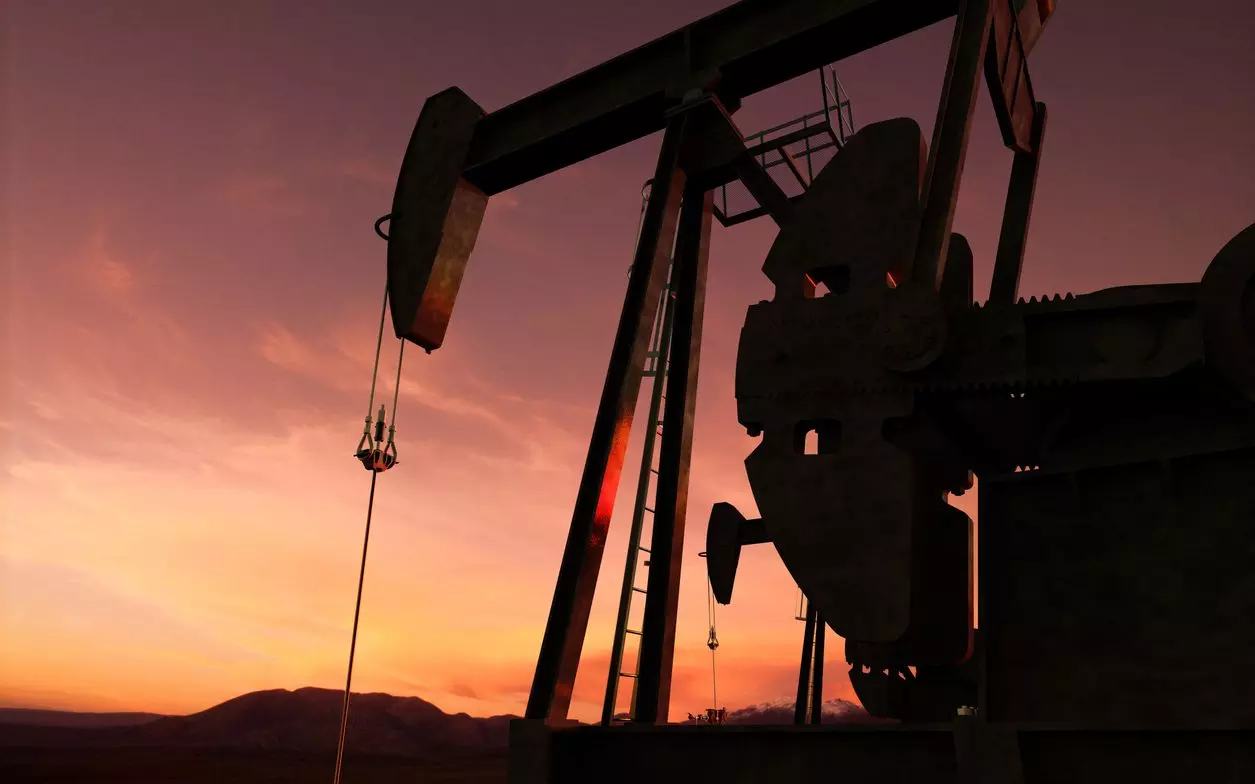
Indian economy could slow down as global crude oil prices soar
India imports 85% of its energy requirements, and its economy faces challenges in the face of surging oil prices caused due to output cuts by Saudi Arabia and Russia.

With India importing 85 percent of its energy needs, the economy finds itself in the crosshairs with international crude oil prices hitting a 10-month peak as oil magnates Saudi Arabia and Russia continue their voluntary output reductions of 1.3 million barrels per day until the year’s end.
Brent crude prices have already crossed $95 per barrel, a 35 percent rise in oil prices and a 20 percent increase in gasoline prices since June 2023, with the US planning to replenish its dwindling oil reserves, currently at a 40-year low.
The scenario might get worse as a recent analysis from Motilal Oswal underscores the decline in corporate investments in the fourth quarter of FY23. The data reveals a year-on-year growth of merely 11 percent in FY23, contributing to a reduction in its share to nearly half to 42.2 percent of total investments, marking the lowest in almost two decades. Corporate investments have plummeted to 12.6 percent of GDP in FY23, the lowest recorded since FY04.
Higher oil prices are expected to impact India’s corporates and the Indian economy. Analysts at Kotak Institutional Equities believe that global oil prices may undo some of the pronounced recovery in profitability observed over the second half of FY23 to the first quarter of FY24.
Gasoline prices might go up
The rise in gasoline prices is expected to increase operational costs, especially for energy-intensive industries like manufacturing logistics, and airlines will face increased operating costs due to higher fuel and energy prices. The corporates might have to pass on these costs to the consumers, leading to inflationary pressures.
Quoting Goldman Sachs, a financial information platform, Barron’s said the investment firm has recently increased its oil price forecast to a startling $100 a barrel from an initial $93 a barrel. Saudi Arabia’s decision to begin unravelling its daily 1 million barrel supply cut by the second quarter of next year shows that the situation could worsen. The anticipation is that other OPEC+ cuts will continue to dominate the year.
India ranks as the third-highest oil consumer globally, trailing only the US and China, with a daily consumption of 5.5 million barrels. The country’s appetite for oil grows steadily at 4 per cent annually.
Projected figures suggest that this number will rise to roughly 7 million barrels daily in a decade. About 85 per cent of India’s oil requirements are sourced from nearly 40 nations, predominantly the Middle East and the US. Russia’s contribution to India’s oil imports is relatively minimal, accounting for 2 per cent of the total imports, which India then processes into various petroleum products.
Hence, India’s primary concern isn’t specifically about Russian oil but the broader context of global oil price escalations. However, the implications of surging crude oil prices are multifaceted.
It’s not just about balancing the books; the broader economic landscape of India is at stake. Increasing crude oil prices can further fuel inflation and serve as a roadblock to consistent economic growth. To put it in perspective, Credit Suisse estimates that if Brent crude reaches $120 per barrel, it could amplify India’s import costs by a staggering $60 billion.
Market analyst estimations indicate a visible impact of higher crude prices on India’s current account deficit (CAD), a crucial economic indicator measuring the disparity between exports and imports.
As per these calculations, every $10 increase in Brent futures could augment the CAD by 0.5 per cent, leading to the depreciation of the Indian Rupee and subsequent imported inflation.
As per projections, a continuous 10 percent surge in oil prices from an initial range of $80-85 per barrel could result in an approximate $15 billion increase in oil imports, equivalent to 0.4 per cent of the GDP. The recent declaration of an LPG cylinder price at Rs 200 is anticipated to slightly ease inflationary pressures in September by 20 to 30 basis points. Rising crude oil prices decelerate GDP growth due to the amplified negative impact of net imports. A consistent rise in oil prices by around $10 per barrel can lead to a 20 basis point decline in GDP growth.
Analysts also pointed out that rising oil prices could lead to supply chain disruptions with increased transportation costs and thereby increased prices for goods and services.

